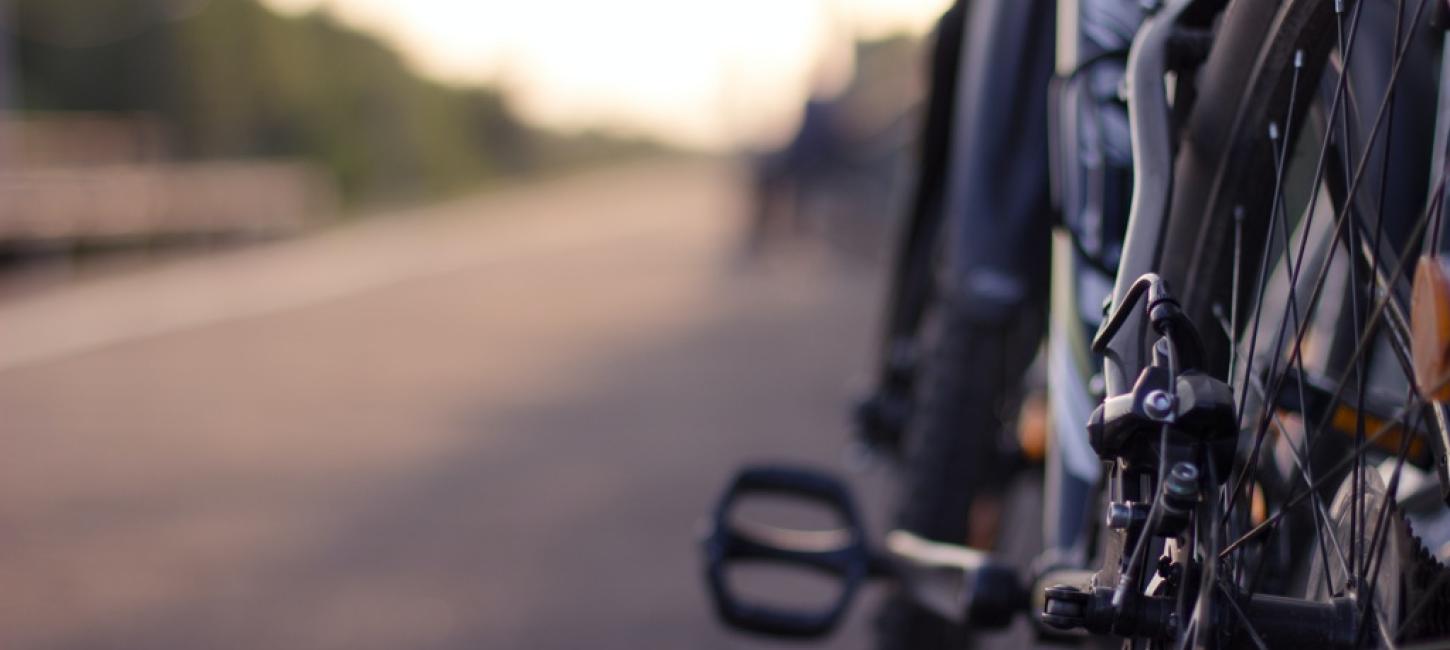
Rules, tips and tricks for your bicycle adventure
There are several things to be aware of when travelling around by bicycle.
In Denmark we have a bicycle culture like no other country - Our cities are small, the terrain is flat, and the Danish countryside is beautiful. 12000 km of bicycle routes ensures you an unforgettable and complete bicycle vacation in Denmark.
Equipment - If you want to go on the road in Denmark then your bike must have a bell, a white front-facing reflector, yellow reflector the on pedals, a yellow reflector on each wheel's spokes (or white reflective tires or rim sides) and a red-backed rear-view reflector. After dark, you must have a white or yellowish headlight and a red tail light on the bicycle.
A two-wheeled trailer must have two white reflectors in front and two red reflectors at the back and two yellow reflectors on each side. After dark, the bicycle trailer must have a red tail light in the centre of the back or on the left side.
Transporting children on a bike
If you are over 15 years old, you may have two children under 8 years of age on your bike. In bicycle trailers specially designed for children, you may transport up to two children, regardless of age. Whether the children are sitting in the front, rear or a bicycle trailer, they must always be securely fastened. A so-called half-cycle, i.e. half child bicycle which is mounted on the end of an adult bike, must be used under the same rules as a bicycle trailer.
Signing in traffic
An outstretched hand pointing left indicates the bicyclist's intention to turn left.
An outstretched hand lifted above the shoulder indicated that the bicyclist is stopping or intends to stop.
An outstretched hand pointing right indicates the bicyclist's intention to turn right.
Bicycle helmet
There are no rules governing bicycle helmets (2015), although we still strongly advise that all bicyclist protect themselves and their heads with a bicycle helmet.
Here you can read more about the rules and regulations for cycling in Denmark (in Danish)
Tips & tricks
Find your way
Protruding from the landscape you often see the Danish church steeples, and they work marvellously as place markers if you aren't using a GPS, have no signal or cannot find your way using a map. At churches, you often find drinking water and toilets. We recommend that you use our google maps as they can be downloaded for offline use on your phone so you don't have to worry about cell phone signal in the middle of the forests.
Furthermore, we remind you that a smile and a kind word help you along tremendously. Feel free to say hi or "hej" when you pass or get passed. Feel free to chat with people - they might even have a fantastic tip for other places that you can visit on your bike.
Before the trip
Consider your expectations and the number of breaks - Be sure that you all have the same trip in mind, a racing trip and a trip at a granny's pace are widely different and will lead to one or more parties having a bad experience. Remember to stop and enjoy life and the journey, it greatly increases your enjoyment during the trip and helps prevent sore limbs and muscles. Plan your breaks, but take extra breaks as needed.
Adults cycle about 15 km/h and children 8 km/h.
Set up your bike before you start the trip - it is stupid to bike with a maladjusted bike that eventually hurt or tire your muscles and ligatures. If you are unsure about the bike's settings, bring an Allen key or take a short ride before you venture out on longer trips.
The expression "There is no such thing as bad weather, only inappropriate clothing" also rings true with biking. You can easily overheat or freeze if you don't dress appropriately.
Stiff souls, comfortable pants with many layers on the bum, a change of clothes and extra clotes are our advice. Furthermore, you must remember snack, water, sunscreen and your cell phone. If you know how to use it a tire fixing kit can also be reccomended.